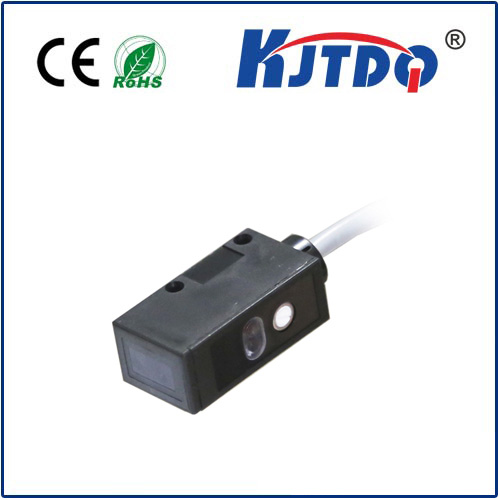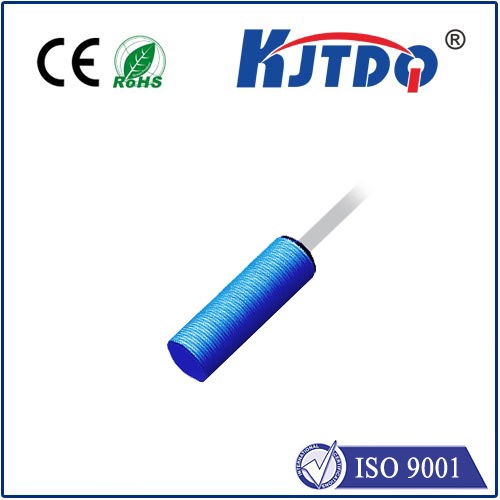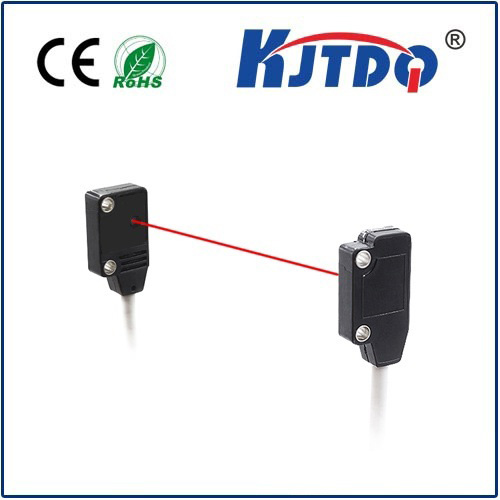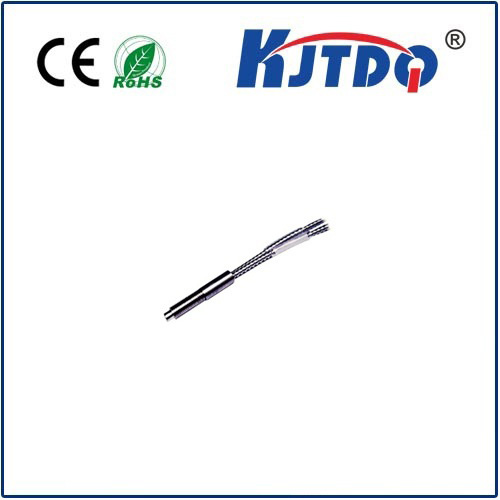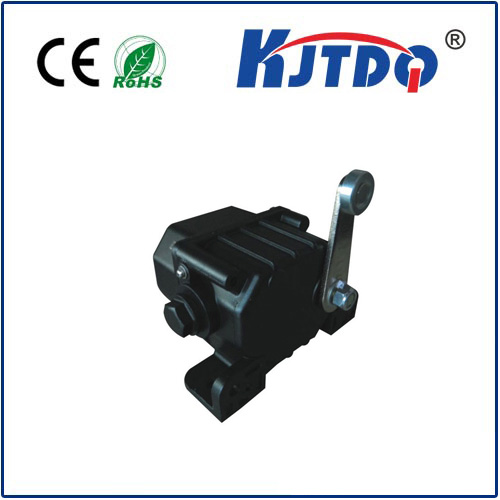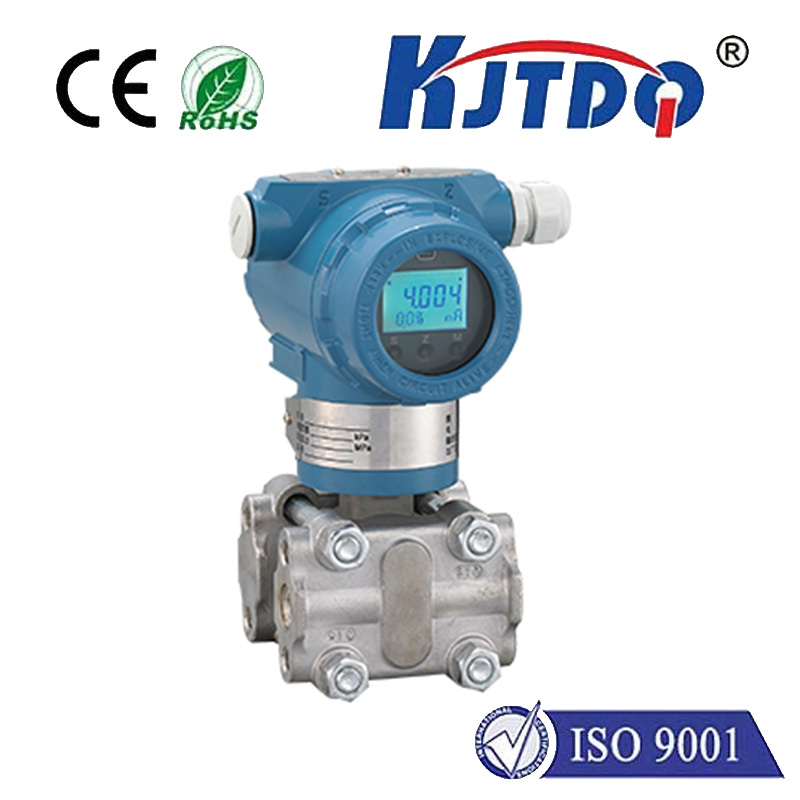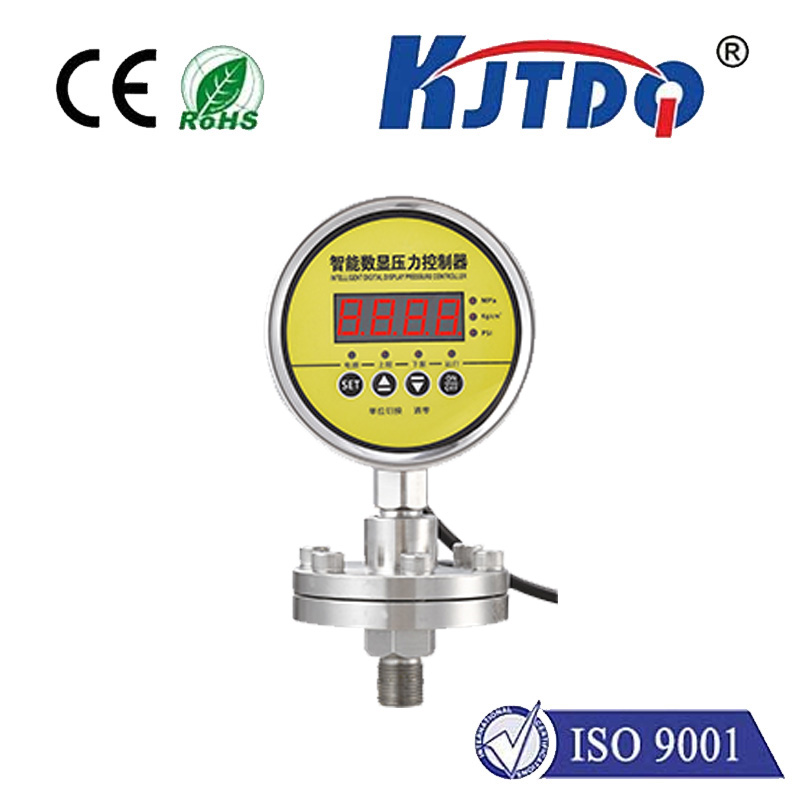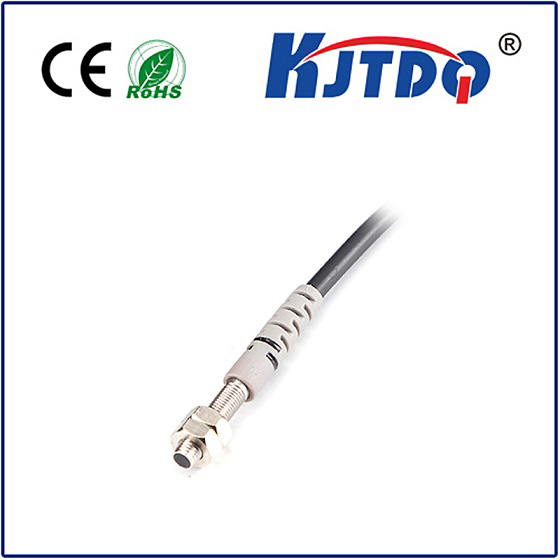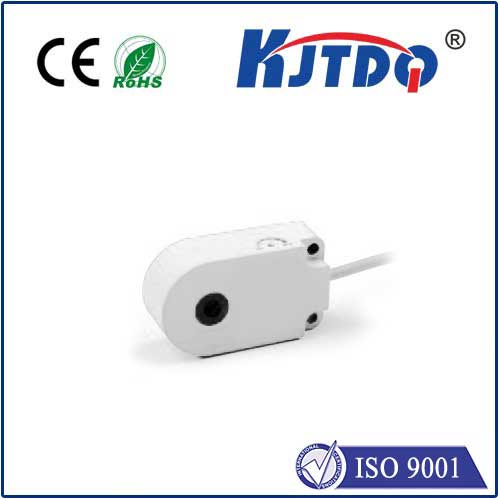fixed temperature
- time:2025-08-25 02:10:38
- Click:0
The Critical Role of Fixed Temperature Control in Modern Industries
Imagine a pharmaceutical batch ruined because a bioreactor drifted just two degrees. Envision a semiconductor wafer rendered useless by microscopic thermal fluctuations during etching. Picture chocolate seizing or a vaccine losing potency. These aren’t hypothetical disasters; they are real-world consequences of failing to achieve and maintain a fixed temperature. In countless industrial and scientific processes, stability isn’t just desirable – it’s absolutely fundamental to success, quality, and safety. This relentless pursuit of thermal precision underpins innovation and reliability across the modern world.
Why Fixed Temperature Matters: Beyond Comfort
While we often associate temperature control with room thermostats, the demand for precise temperature stability is far more critical in specialized fields. Maintaining a constant temperature is not about comfort; it’s about enabling chemical reactions to proceed correctly, ensuring material properties develop as intended, guaranteeing product consistency, and safeguarding sensitive biological materials. A minor deviation from the target set point temperature can cascade into:

- Failed Chemical Reactions: Many synthesis processes require specific activation energy, achievable only within a narrow thermal window. A fluctuation can halt reactions prematurely, create unwanted by-products, or even cause hazardous runaways.
- Inconsistent Product Quality: From the texture of food products to the tensile strength of plastics and the purity of fine chemicals, temperature stability is key to batch-to-batch uniformity. Variations lead to defects, waste, and customer dissatisfaction.
- Compromised Biological Integrity: Cell cultures, enzymes, vaccines, and many pharmaceuticals are acutely sensitive. Even brief exposure to temperatures outside their required range can denature proteins, kill cells, or drastically reduce efficacy.
- Measurement Errors: High-precision scientific instruments, calibration standards (like reference thermometers), and testing laboratories rely on environmentally controlled temperatures to eliminate thermal drift as a variable, ensuring data accuracy and traceability.
Key Applications Demanding Thermal Perfection
The need for fixed temperature control permeates diverse sectors:
- Pharmaceutical & Biotechnology: This industry is perhaps the most stringent. Stable temperatures are mandatory in bioreactors for cell growth, fermentation tanks, lyophilization (freeze-drying) processes, stability storage chambers for drugs and vaccines, and cleanroom environments. Regulatory compliance (like FDA GMP) often mandates tight control and continuous monitoring, sometimes within ranges as precise as ±0.5°C or less. The efficacy and safety of life-saving treatments depend on it.
- Semiconductor & Electronics Manufacturing: The fabrication of microchips involves hundreds of steps, many requiring extreme thermal precision. Processes like chemical vapor deposition (CVD), photolithography, etching, and wafer testing demand ultra-stable temperatures – often within fractions of a degree – to control deposition rates, feature sizes, and electrical properties. Variations lead to yield loss and potentially billions in wasted investment.
- Food & Beverage Processing: From pasteurization and fermentation (beer, yogurt, cheese) to tempering chocolate, confectionery making, and controlled-rate freezing, maintaining specific process temperatures is crucial. It ensures safety (killing pathogens), achieves desired textures, flavors, and shelf life, and guarantees consistent product quality.
- Materials Science & Testing: Developing and characterizing new alloys, polymers, composites, and chemicals requires precise thermal control during synthesis, curing, annealing, and mechanical testing (e.g., in environmental chambers). Accurate temperature settings directly influence material structure and properties.
- Research & Development: Laboratories across physics, chemistry, biology, and environmental science utilize water baths, incubators, environmental chambers, and calorimeters where stable temperatures are non-negotiable for replicable experiments and valid scientific discovery.
Achieving Precision: The Technology Behind Fixed Temperature Control
Maintaining a truly fixed temperature isn’t trivial, especially against external disturbances or internal heat generation. Modern systems combine sophisticated components:
- High-Precision Sensors: Resistance Temperature Detectors (RTDs) and thermistors provide the accurate, stable feedback crucial for control. Calibration and sensor placement are critical.
- Advanced Control Algorithms: While basic thermostats use simple on/off cycling, achieving tight temperature stability requires more. Proportional-Integral-Derivative (PID) controllers are common, dynamically adjusting heating or cooling power based on the magnitude of the error (Proportional), the duration of the error (Integral), and the rate of change of the error (Derivative). Modern controllers often feature auto-tuning and adaptive algorithms.
- Responsive Actuators: Efficient, rapidly modulating heating elements (like solid-state relays driving heaters) and precise cooling systems (compressors, Peltier devices, or recirculating chillers) are needed to apply corrective power smoothly. Overcoming system inertia is key.
- Effective Insulation & Design: Minimizing heat gain or loss to the environment is fundamental. This involves high-quality insulation materials, minimizing thermal mass where appropriate, strategic airflow design within ovens/chambers, and using techniques like jacketing with a secondary thermal control layer in highly sensitive applications.
- Thermal Mass Utilization: Intentionally incorporating materials with high heat capacity (like specially designed thermal blocks or large water volumes in baths) acts as a buffer, dampening rapid fluctuations and smoothing out control efforts, thus enhancing thermal stability.
The Tangible Benefits of Stability
Investing in robust fixed temperature control systems yields significant returns:
- Enhanced Product Quality & Consistency: Achieving the exact desired properties batch after batch, every time.
- Reduced Waste & Increased Yield: Minimizing out-of-spec product and process failures directly improves efficiency and lowers costs.
- Improved Safety: Preventing thermal runaway in chemical processes or ensuring biological materials remain viable.
- Regulatory Compliance: Meeting stringent industry standards reliably and demonstrably.
- Reliable Research & Data: Ensuring scientific validity and repeatability of experiments.
- Process Optimization: Stable conditions allow fine-tuning other parameters for maximum efficiency and output.
The ability to maintain a fixed temperature is a cornerstone of modern precision manufacturing, scientific advancement, and quality assurance. Far from a simple comfort feature, it’s a sophisticated engineering discipline enabling the creation of life-saving drugs, cutting-edge electronics, consistent food products, and groundbreaking discoveries. As technology pushes the boundaries of what’s possible, the demand for even greater temperature stability, reliability, and precision will only continue to intensify. The industries and processes that master this invisible yet critical variable will define the future.






